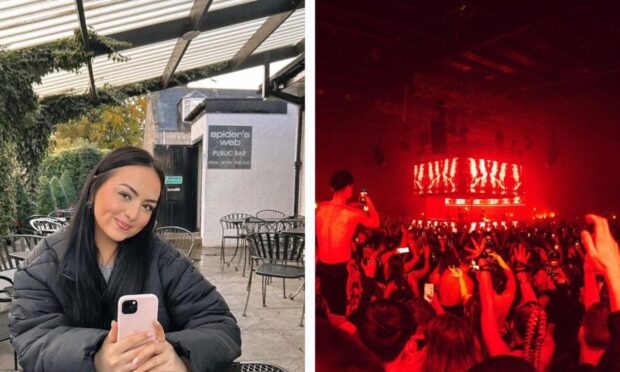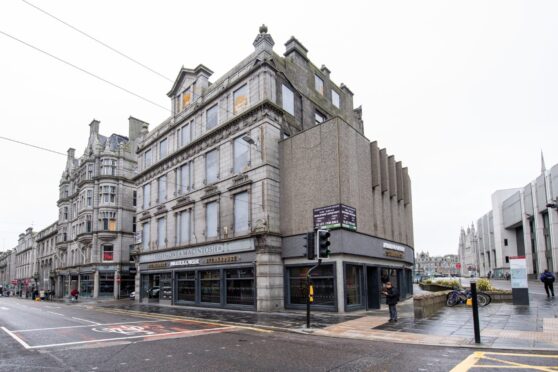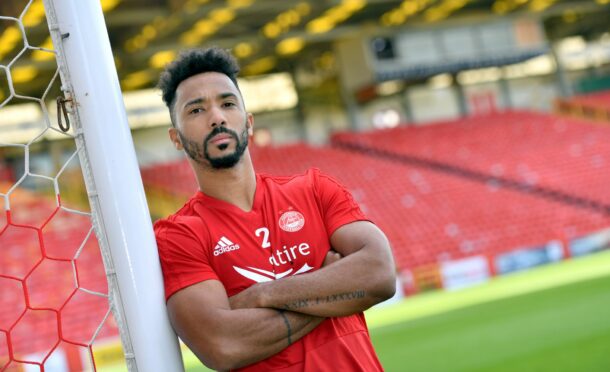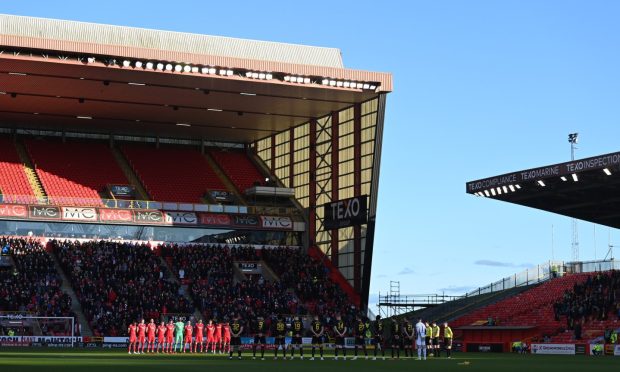Health workers across the north-east have launched a major campaign to highlight the importance of spotting a stroke early.
In addition to a special TV advert featuring actors from Still Game, NHS Grampian employees will be out in force in high profile public areas across Aberdeen and Aberdeenshire promoting the FAST campaign.
The initiative, which stands for Face, Arm, Speech and Time, encourages people to look for physical abnormalities in a victim’s body, and call 999 as soon as possible.
Those suffering from a stroke can suffer from slurred speech, and may have difficulty smiling or lifting their arms.
Mairi Chrystal is head of the stroke nurse service for Chest Heart and Stroke Scotland (CHSS) and works with NHS Grampian.
She said: “The FAST acronym is a simple test to help people recognise signs of stroke and to help people understand the importance of emergency treatment.
“Stroke is a medical emergency and, untreated, a stroke can cause permanent disability or even death.
“The faster a stroke is treated, the better the chances of a good recovery.”
In the last year alone, NHS Grampian discharged 1,400 people following a stroke.
However, medical chiefs say the actual number of people affected by the condition in the north-east is likely to be higher because some people may not recognise the symptoms.
Harry and Margaret Craik, from Westhill, have both suffered strokes, and are keen to raise awareness of the symptoms.
Mr Craik, 66, had a mild stroke in 2006, and suffered a second on last summer, just a few weeks after his wife had one.
Mrs Craik, 63, said: “We know now that if we hadn’t done anything about our symptoms, then the chance of having further, more severe strokes would have been quite high.
“It shows how important it is that people don’t ignore these seemingly small symptoms.
“If in doubt at all, go and see about it.”









